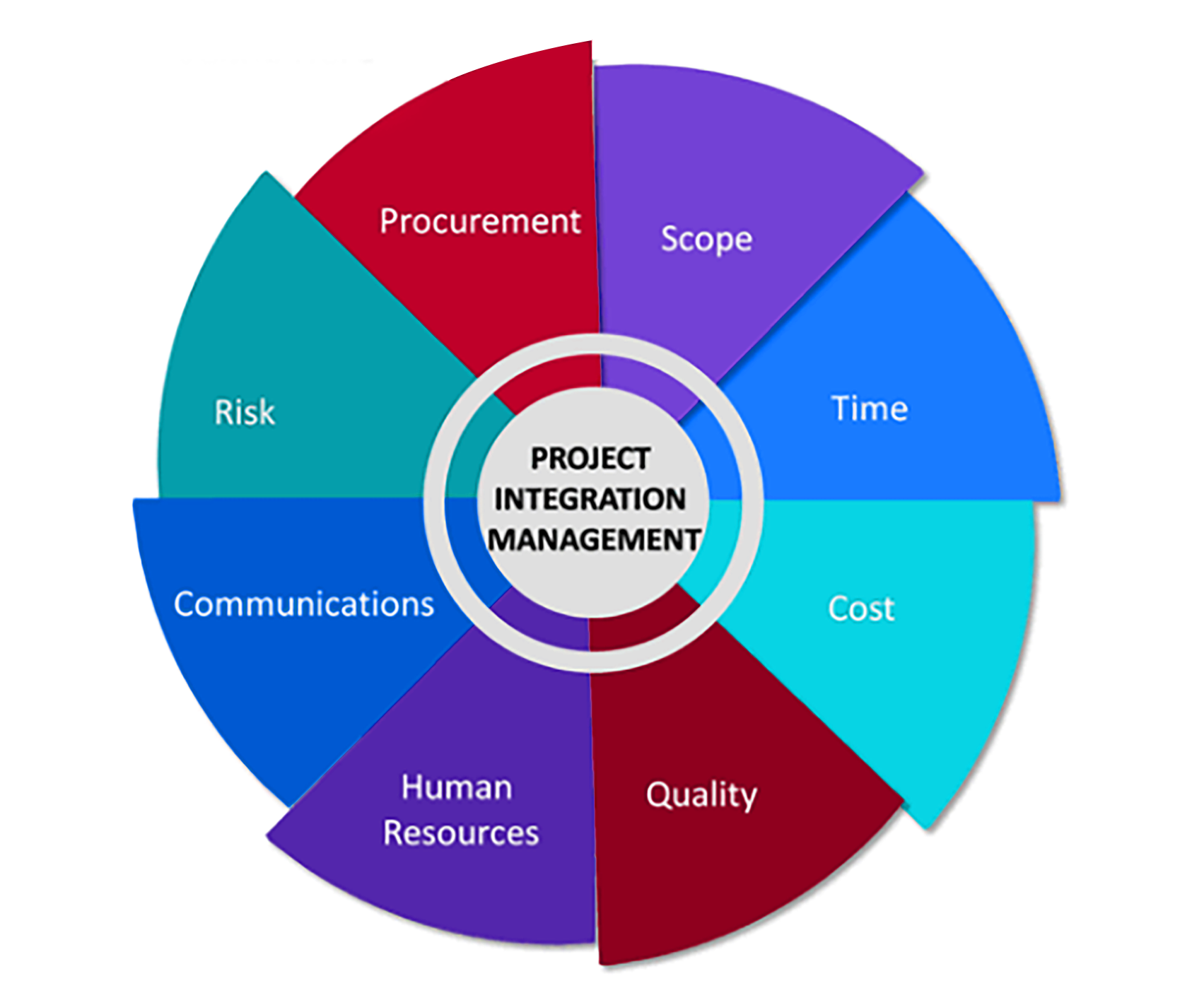FAQ
Frequently Asked Question
PMBOK GUIDE 6th Edition:
Chapter 07 PROJECT COST MANAGEMENT
Pertanyaan (silahkan dijawab dan masing2nya merujuk ke halaman berapa di PMBOK):
1. Mengapa perlu ada Project Cost Management? Apa definisi dan tujuan dari empat proses
dalam Project Cost Management?
Mengapa perlu Project Cost Management:
- Project cost management ada sebagai control dan pengarahan tentang bagaimana biaya proyek akan
dikelola sepanjang proyek dilaksanakan.
- As a processes involved in planning, estimating, budgeting, financing, funding,
managing, and controlling costs so that the project can be completed within the approved budget.
page.231
Apa definisi dan tujuan dari empat proses dalam Project Cost Management
- 7.1 Plan Cost Management—The process of defining how the project costs will be estimated, budgeted, managed, monitored, and controlled.
- 7.2 Estimate Costs—The process of developing an approximation of the monetary resources needed to complete project work.
- 7.3 Determine Budget—The process of aggregating the estimated costs of individual activities or work packages to establish an authorized cost baseline.
- 7.4 Control Costs—The process of monitoring the status of the project to update the project costs and manage changes to the cost baseline.
page 231
2. Apa saja isi dari Project charter yg dipakai untuk input Plan Cost Management? Apa saja
informasi yang terkandung dalam Cost Management Plan?
- Project Charter sebagai Input Plan Cost Management
- Preapproved financial resources. The project charter provides the preapproved financial resources from which the detailed project costs are developed.
- Project approval requirements. The project charter also defines the project approval requirements that will influence the management of the project costs.
- Informasi didalam Cost Management Plan
The cost management processes and their associated tools and techniques are documented in the cost management plan.
- Units of measure. Each unit used in measurements (such as staff hours, staff days, or weeks for time measures; meters, liters, tons, kilometers, or cubic yards for quantity measures; or lump sum in currency form) is defined for each of the resources.
- Level of precision. This is the degree to which cost estimates will be rounded up or down (e.g., US$995.59 to US$1,000), based on the scope of the activities and magnitude of the project.
- Level of accuracy. The acceptable range (e.g., ±10%) used in determining realistic cost estimates is specified, and may include an amount for contingencies.
- Organizational procedures links. The work breakdown structure (WBS) (Section 5.4) provides the framework for the cost management plan, allowing for consistency with the estimates, budgets, and control of costs. The WBS component used for the project cost accounting is called the control account. Each control account is assigned a unique code or account number(s) that links directly to the performing organization’s accounting system.
- Control thresholds. Variance thresholds for monitoring cost performance may be specified to indicate an agreed-upon amount of variation to be allowed before some action needs to be taken. Thresholds are typically expressed as percentage deviations from the baseline plan.
- Rules of performance measurement. Earned value management (EVM) rules of performance measurement are set. For example, the cost management plan may:
- Define the points in the WBS at which measurement of control accounts will be performed;
- Establish the EVM techniques (e.g., weighted milestones, fixed-formula, percent complete, etc.) to be employed; and
- Specify tracking methodologies and the EVM computation equations for calculating projected estimate at completion (EAC) forecasts to provide a validity check on the bottom-up EAC.
- Reporting formats. The formats and frequency for the various cost reports are defined.
- Additional details. Additional details about cost management activities include but are not limited to:
- Description of strategic funding choices,
- Procedure to account for fluctuations in currency exchange rates, and
- Procedure for project cost recording.
page.239
3. Mengapa Schedule dan Risk Management Plan berperan dalam merencanakan Cost
Management Plan?
Sebagai input dari Cost Management Plan
- Schedule management plan. Described in Section 6.1.3.1. The schedule management plan establishes the criteria and the activities for developing, monitoring, and controlling the schedule. The schedule management plan provides processes and controls that will impact cost estimation and management.
- Risk management plan. Described in Section 11.1.3.1. The risk management plan provides the approach for identifying, analyzing, and monitoring risks. The risk management plan provides processes and controls that will impact cost estimation and management.
page 236



